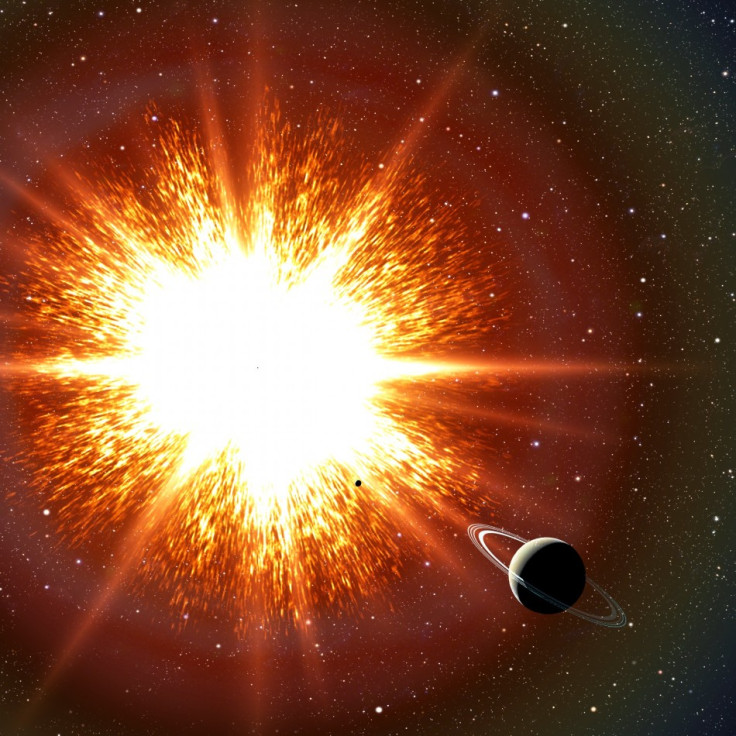How to Watch the Brightest Supernova in Decades [VIDEO]

Scientists have discovered an intensely bright supernova that is visible with a pair of binoculars -- and astronomy enthusiasts have a wonderful opportunity to catch a glimpse of the dying star at its brightest peak on 9 September as it is the closest supernova of its type in 30 years to be discovered in the sky recently.
The supernova, also named PTF 11kly, which is found in M101, the pinwheel galaxy is 21 million light years away and astronomers used a specialized survey telescope at the Palomar Observatory in Southern California to discover the event, which only presents itself every couple of decades.
Astronomers are particularly looking forward to the even as the supernova is of type 1a and can thus be used by scientists to measure astronomical distances and help them calculate the expansion of the universe.
A team of British and American astronomers made the discovery whilst using the Palomar 48 inch Schmidt telescope.
Supernovas are the result of the explosion of a star that has reached the end of its life and can briefly outshine entire galaxies.
Moreover, they radiate more energy than our sun will in its entire lifetime and constitute the primary source of heavy elements in the universe.
On average, a supernova will occur about once every 50 years in a galaxy the size of the Milky Way.
The supernova was created when a dwarf star in a binary star system attracted enough matter from other stars to reach critical mass, creating a runaway nuclear reaction -an intense heat and pressure at the centre- which literally blew the star apart.
As the supernova has been getting brighter each night, it is now expected to peak on the 9th September so there are still a few days left to witness this special event.
If you are wondering how to locate the supernova, here are some simple instructions which will help you in your quest to observe the light of a star that took 21 million years to reach us.
To locate the supernova look towards the north to locate the familiar seven stars that forms the Plough.
Take the two end stars of the handle and look upwards, as if forming an equilateral triangle, which will give you the location of the Pinwheel galaxy where you should be able to see an 'extra' star for the next week or so.
Please do not forget your binoculars or telescope!
© Copyright IBTimes 2025. All rights reserved.





















